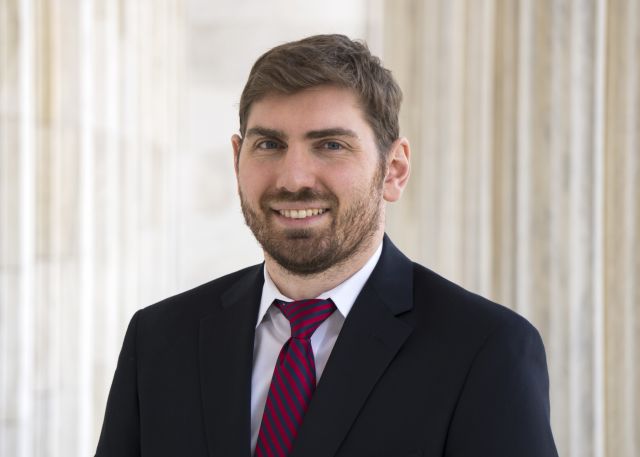The Toledo Museum of Art is bringing back a former deputy director to serve as its new leader. The museum’s search committee announced this morning (Jan. 30) that Adam Levine will become the museum’s next Edward Drummond and Florence Scott Libbey director.
Levine held several positions at TMA from 2013 through 2018, most recently as deputy director and curator of ancient art. He left to become director and chief executive officer of the Cummer Museum of Art & Gardens in Jacksonville, Florida, the position he currently holds.
Levine will assume his duties as the Toledo Museum’s 10th director on May 1.
In the letter making the announcement, the search committee stated: “Adam has a deep conviction that art inspires and that museums are change agents. He brings to the Museum outstanding leadership, deep scholarly and operational expertise and a proven strategic vision for the institution.”
The museum has been seeking a director since the departure early last summer of Brian Kennedy. Kennedy became director of the Peabody Essex Museum in Salem, Massachusetts.
John Stanley has been serving interim director since July. “Under his leadership, TMA has continued to provide high-quality exhibitions and public programs for its visitors,” the search committee’s letter stated.
During his previous tenure in Toledo, Levine held the positions of associate director, assistant director, head of visitor engagement and Mellon fellow. His curatorial duties included overseeing or curating “The Berlin Painter and His World,” “Glorious Splendor: Treasures of Early Christian Art,” and “The Mummies: From Egypt to Toledo” as well as “InSight: Contemporary Sensory Works” and “I Approve This Message: Decoding Political Ads.”
Before his arrival in 2013, Levine was a collections management assistant in the Greek and Roman art department at the Metropolitan Museum of Art in New York.
Levine graduated summa cum laude and Phi Beta Kappa with a Bachelor of Arts in anthropology, art history, mathematics and social sciences from Dartmouth College, and, as a Rhodes scholar, he received his master’s and doctoral degrees in the history of art from the University of Oxford.


